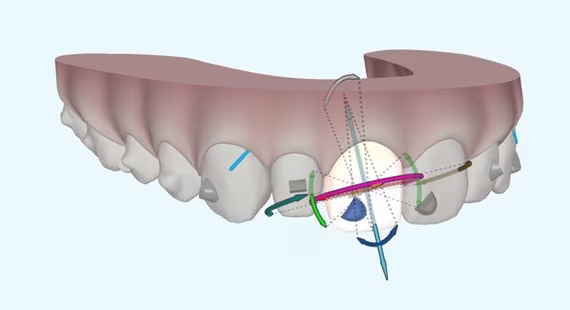
Invisalign ClinCheck: 5 reasons to work with it
Introduction: Initial Considerations If you work with aligners, I'm sure that more than once you've considered changing brands, although most probably
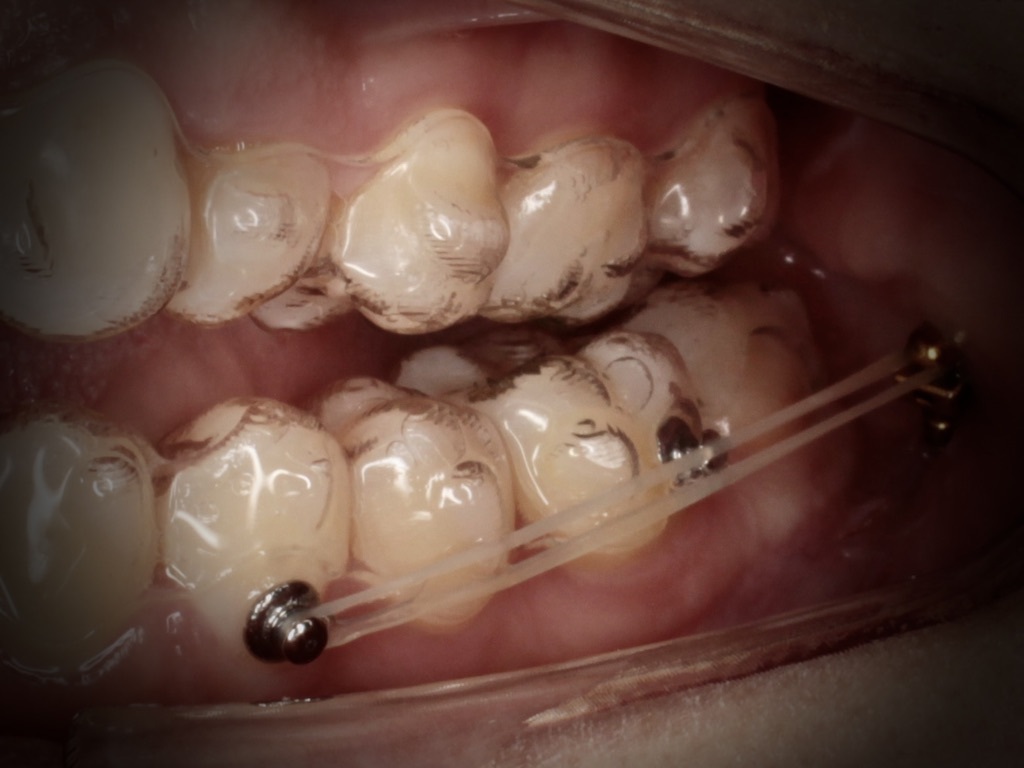
Skeletal anchorage has been a revolution in modern orthodontics, allowing us to push the "limits" in extreme cases and avoiding surgical treatment in many of them. Despite all their benefits, micro-screws are not a perfect tool: they can cause discomfort or canker sores for the patient and, on occasions, they can become mobile and even fall out.
Their stability will depend on different factors, one of them being the density and characteristics of the bone where they are inserted. It has been demonstrated that the stability of the micro-screw is greater when the thickness of the cortical bone is greater than 1 mm. A high density cancellous bone will also be a favourable characteristic for placement. Unfortunately, depending on the location chosen for these devices, we will not always have optimal conditions to guarantee their stability.
In order to be clear about all the factors that can influence the primary stability of micro-screws, we will now list them:
The type and density of bone varies according to the anatomical region of the mouth, but will also differ according to the age of the patient. The "immaturity" of the bone structures of growing patients, together with their faster metabolism, are two of the main reasons why the placement of micro-screws is anecdotal compared to adult patients. In a child or adolescent, the response to the forces applied with our orthodontic or orthopaedic appliances will be much more favourable, which reduces the need for micro-screws. But in those cases where we do need to place them, this condition of skeletal immaturity can work against us, affecting their stability.
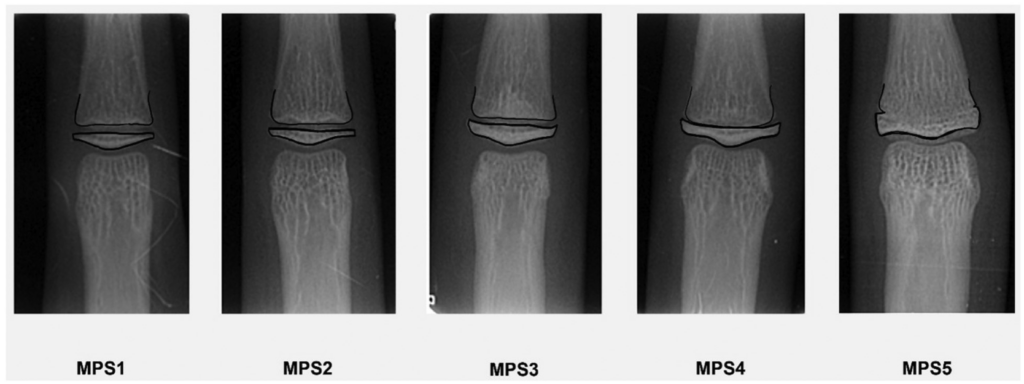
Reviewing the American Journal of Orthodontics and Dentofacial Orthopedics, one of the most renowned journals in orthodontics, we found studies that have evaluated the relationship between bone quality and skeletal maturation in the palatal area. The results suggest that the mass and thickness of palatal and nasal cortical bone increases with skeletal maturation, which may affect the stability and success rate of microscrew placement.
Therefore, the decision to place a micro-screw should be based on a careful assessment of the individual patient's characteristics, including skeletal maturity, oral hygiene and the anatomical characteristics of the insertion site.
Braga C. Bone quality in relation to skeletal maturation in palatal miniscrews insertion sites. Am J Orthod Dentofacial Orthop 2023.

Introduction: Initial Considerations If you work with aligners, I'm sure that more than once you've considered changing brands, although most probably
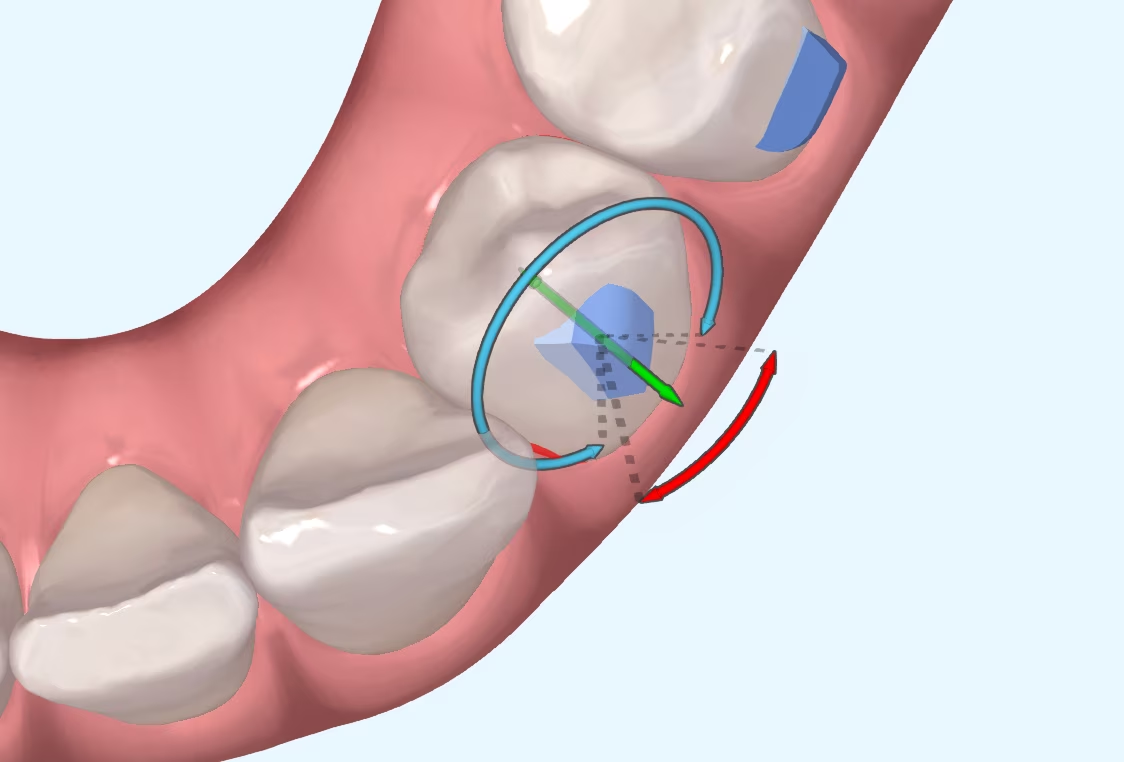
Introduction I suppose many of you are familiar with the myth of Achilles, the Greek hero who was submerged as a child in the River Styx by his mother in order to
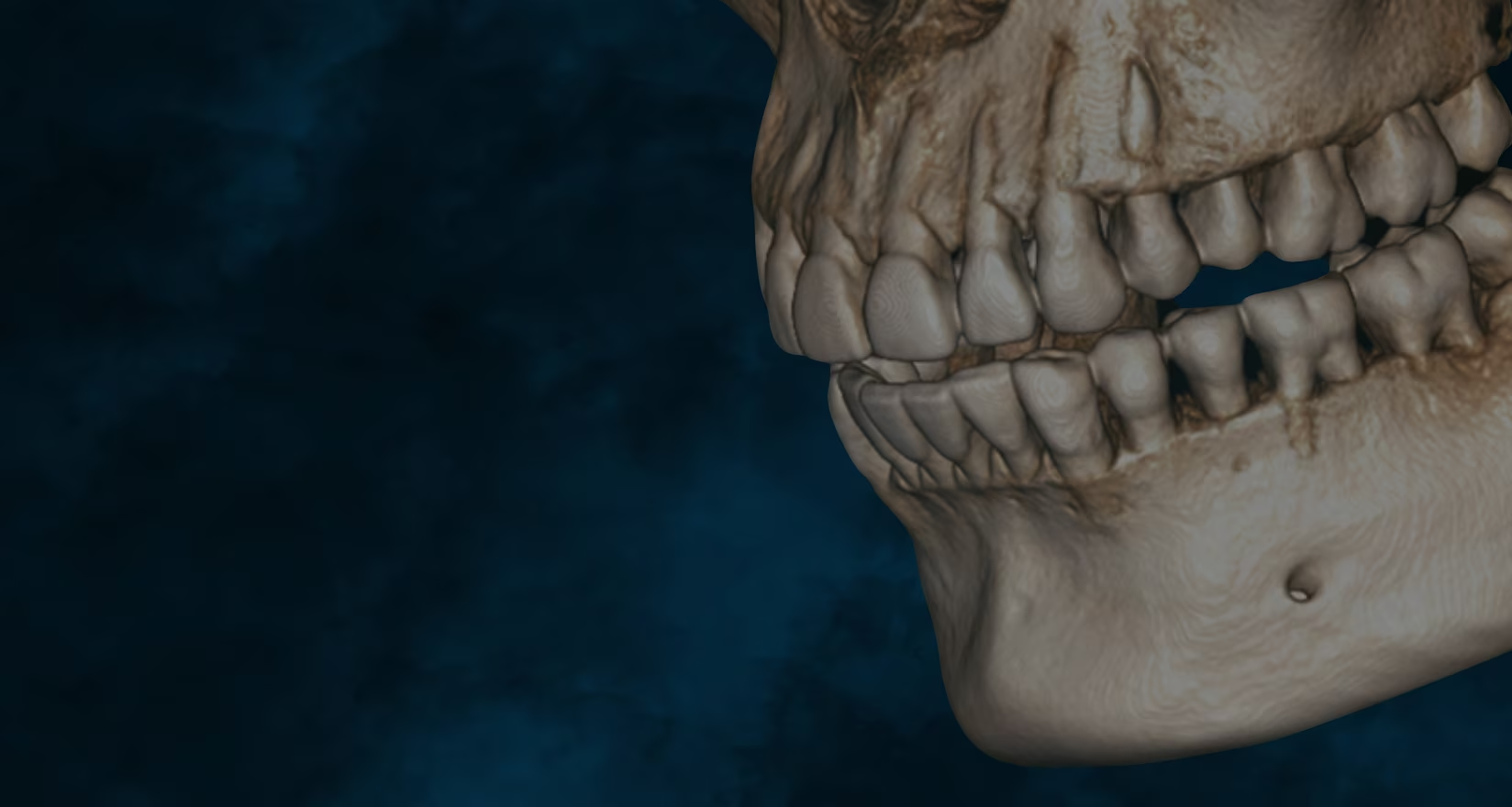
What is CBCT? CBCT is a medical imaging technique that uses a special type of computed tomography (CT) scan to obtain three-dimensional images.
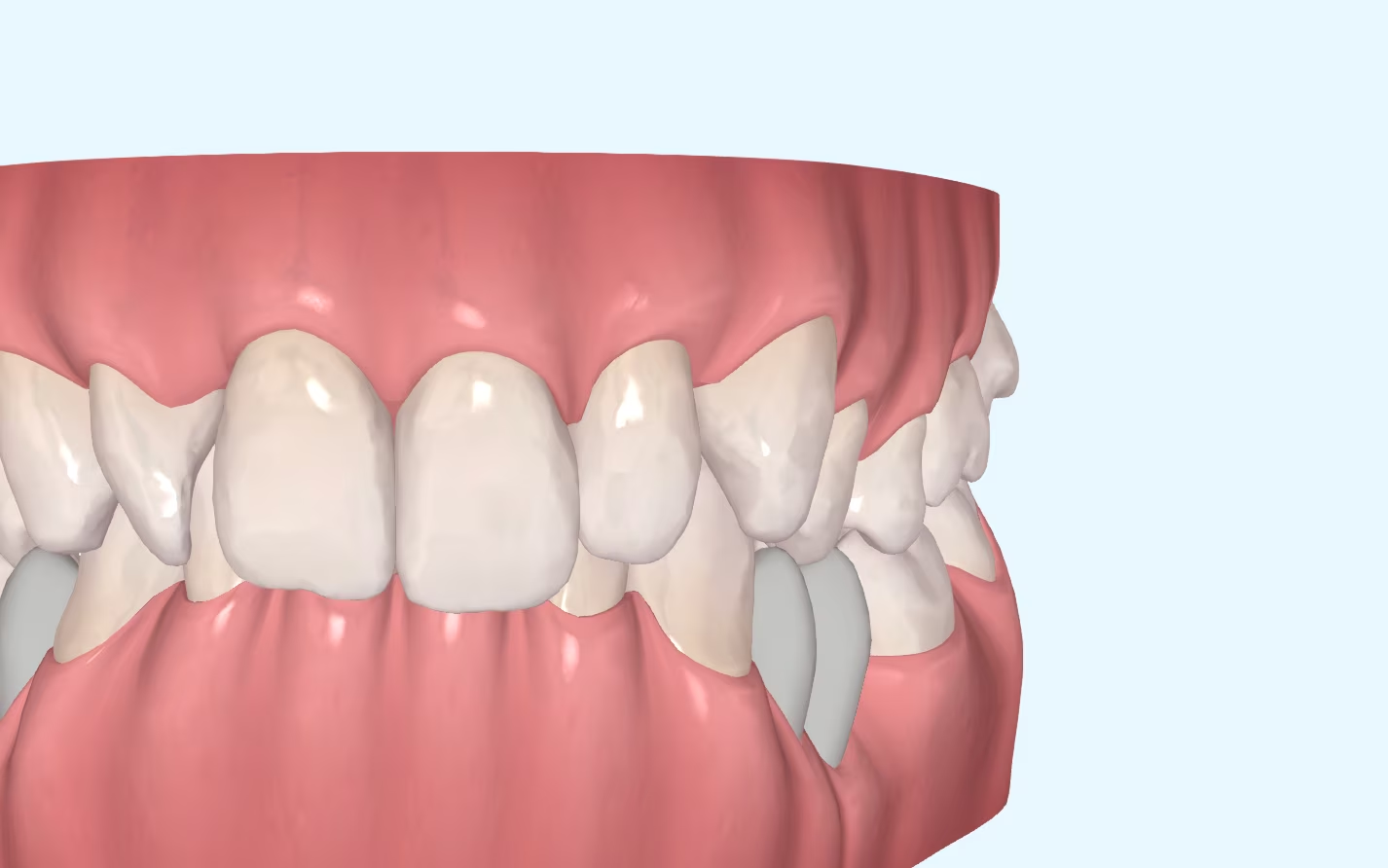
Challenges of Overbite In the more than 20 years that we have been working with invisible orthodontics, we have gone from considering some malocclusions "impossible" to daring to

It is not a question to make us feel guilty. It is only a question that invites us to reflect, to think about the impact we can have in